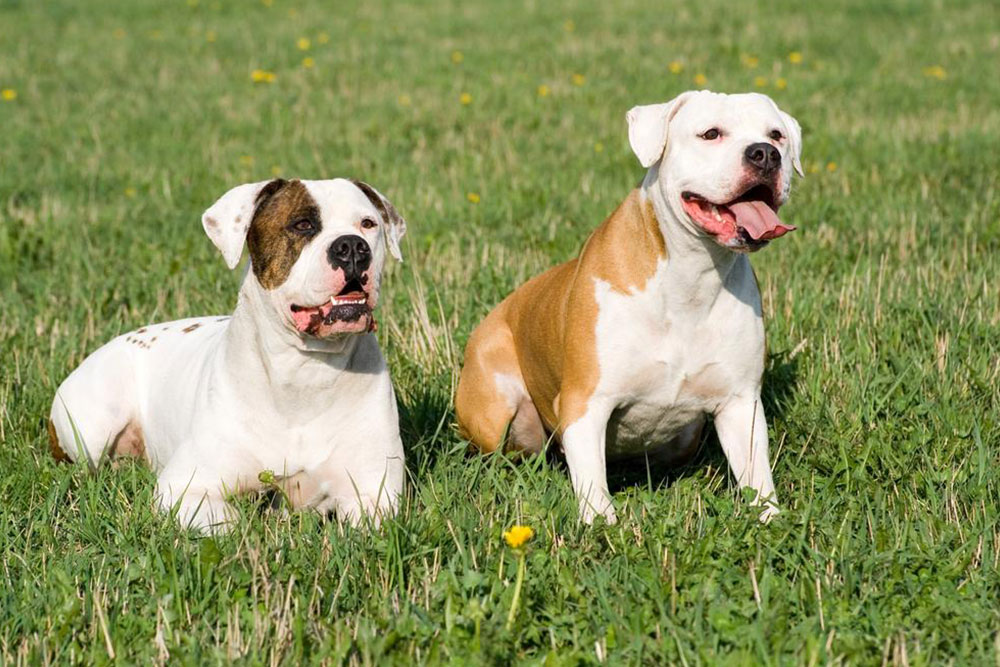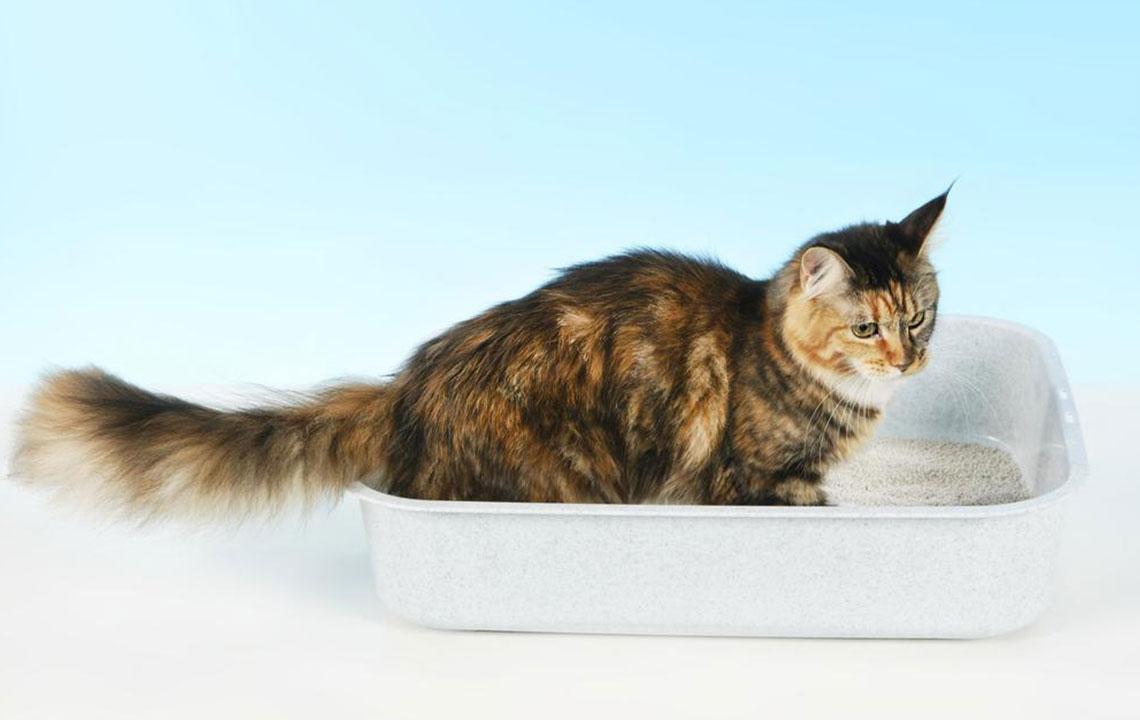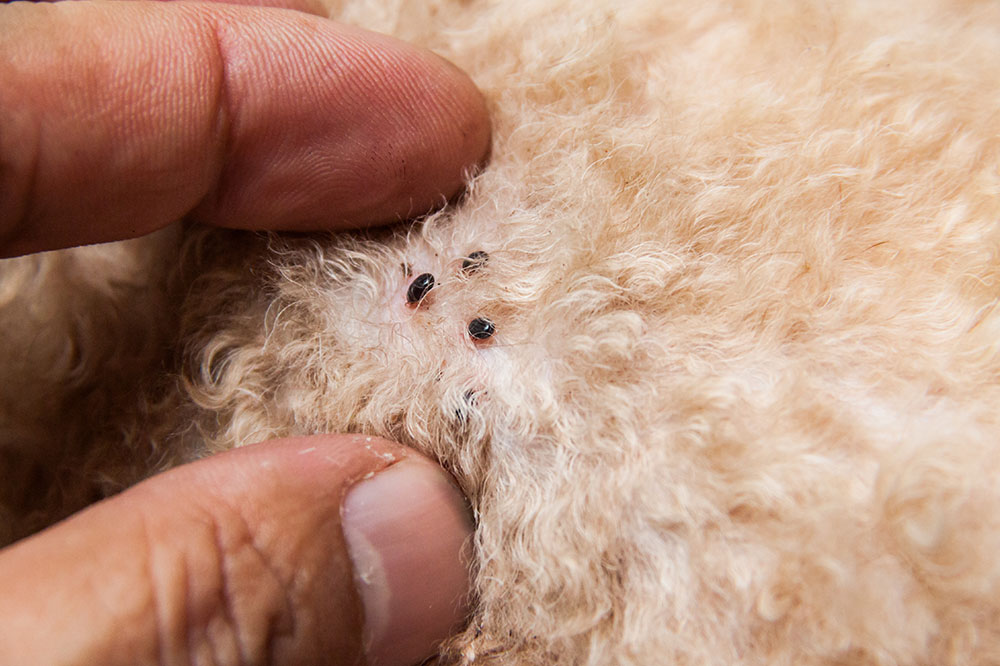Essential Guide to Pet Coat Care: Tips, Common Errors & Best Practices
This guide emphasizes the importance of proper pet coat care, common mistakes to avoid, and expert tips for effective grooming. It highlights how regular grooming improves pet health, prevents skin issues, and ensures comfort. Practical advice covers grooming frequency, tools, and techniques, helping pet owners maintain a healthy, shiny coat while avoiding common pitfalls. Whether at home or professional services, consistent, informed grooming is essential for your pet’s wellbeing and happiness.

Essential Guide to Pet Coat Care: Tips, Common Errors & Best Practices
Caring for your furry friends involves more than just affection; proper grooming is vital to their overall health and happiness. Grooming includes regular brushing, trimming, nail clipping, and hygiene checks to maintain a clean, healthy coat. Regular grooming helps detect early signs of health issues, remove parasites like fleas and ticks, and control shedding. Whether done at home or by professionals, consistent care is essential.
Why Pet Grooming Matters Grooming not only keeps your pet looking good but also prevents skin infections, rashes, and other health problems. It allows pet owners to identify lumps, inflammation, or skin irritations early, ensuring timely veterinary attention.
Maintaining a clean coat also prevents matting and excessive shedding. Since pets can't wash themselves thoroughly, caregivers need to regularly brush and bathe them to remove dirt and debris. Proper grooming reduces discomfort and potential injuries from tangled fur.
Frequent Grooming Mistakes to Avoid
Most pet owners mistakenly shave their animals during hot weather, thinking it cools them down. However, fur acts as thermal insulation, protecting against sunburn and heatstroke. Shaving can also damage hair follicles, leading to patchy or dull fur.
Avoid Water in Sensitive Areas Be cautious when bathing pets. Keep water away from the inner ears, as moisture can cause bacterial growth and infections, leading to inflammation and discomfort over time.
Don't Brush Wet Fur Always brush dry fur, as wet hair tends to tangle and cause pain when pulled. Brushing wet fur may worsen matting and knots, making grooming more uncomfortable for your pet.
Avoid Overbathing Bathing too often strips natural oils, leading to dry, flaky skin. Usually, a monthly bath is sufficient unless advised otherwise by a veterinarian.
Grooming Services for Pets
For convenient grooming, pet owners can visit specialized salons like PetSmart. These offer comprehensive services including baths, haircuts, de-shedding, and grooming for puppies and kittens, tailored to each pet's needs.
Top Grooming Tips
Understanding your pet’s specific grooming requirements simplifies the process:
Short-haired pets need weekly brushing and monthly baths to distribute oils and maintain cleanliness.
Long-haired or curly coats require daily brushing, with occasional professional grooming to manage tangles and debris.
Double-coats benefit from daily brushing and weekly de-shedding to control shedding and maintain coat health.
Proper Grooming Technique
Always brush before bathing to remove loose fur and dirt. Use lukewarm water and avoid harsh dryers to prevent skin irritation. A stable surface or grooming table helps make the process easier and safer for your pet.
Note:
While our blog provides a wealth of pet care insights, it should not replace professional veterinary advice. Always consult your vet for specific grooming and health concerns. Our content aims to inform and guide, but accuracy and applicability may vary. Readers should verify details and consider individual pet needs for optimal care.










